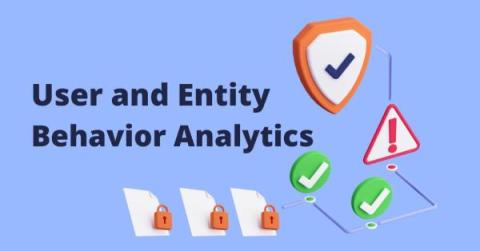The 2024 Guide to User & Entity Behavior Analytics (UEBA)
User and Entity Behavior Analytics (UEBA) is a long-term that essentially refers to a security process that utilizes analytics to identify abnormal network behavior. UEBA takes a proactive approach by scanning the actions of users and entities within a network. It doesn’t just react to threats but also establishes a baseline from which it learns to be more precise and timely, empowering you to stay ahead of potential security breaches!








